Banks have been the backbone of financial systems for centuries, evolving from simple institutions offering loans to becoming complex entities managing economies. Some of the world’s oldest ones have stood the test of time, enduring wars, economic crises, and shifts in global markets. These financial institutions, many of which are still in operation today, offer a glimpse into the history of commerce and banking. From Italy to the United Kingdom, their legacy continues to influence modern finance while preserving their storied past.
Bank of Scotland
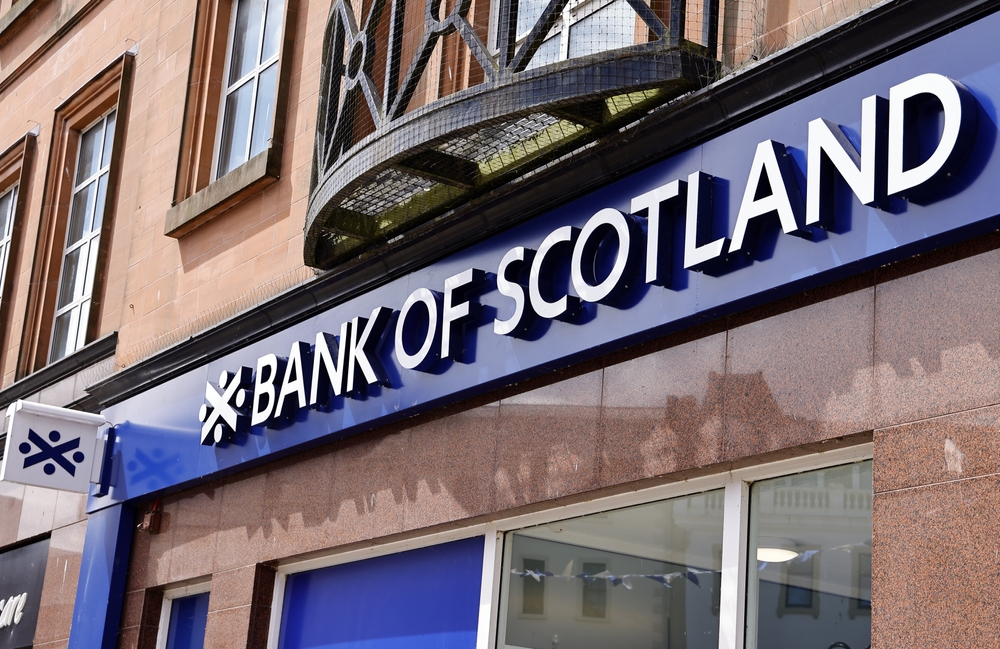
The Bank of Scotland was founded in 1695 by the Scottish Parliament to support the nation’s economic growth. Located in Edinburgh, it became the first European bank to issue its own banknotes in 1696. It played a pivotal role in the Industrial Revolution, providing essential credit to merchants and manufacturers. Today, it operates as part of the Lloyds Banking Group and continues to be one of Scotland’s most prominent financial institutions. Despite multiple mergers and acquisitions, it maintains its distinct identity and continues to issue its own Scottish banknotes. It serves both personal and commercial clients, remaining a key player in Scotland’s financial landscape.
Bank of England
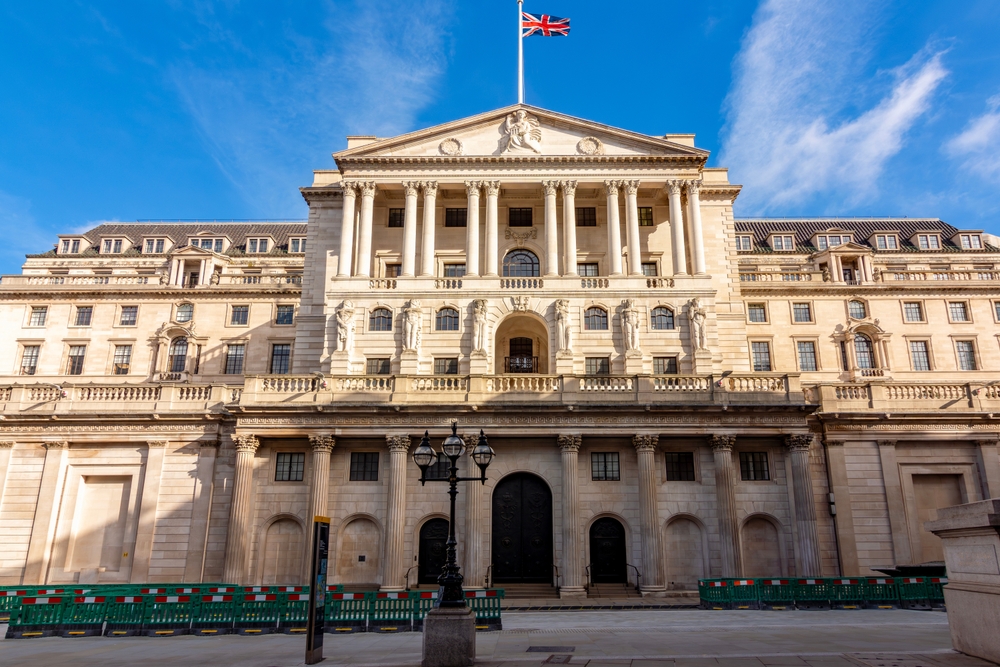
Founded in 1694, the Bank of England was initially established to raise funds for England’s war against France. Located in London, it soon became the UK’s central bank, gaining the authority to issue currency and manage the nation’s monetary policy. Over the centuries, it has played a crucial role in stabilizing the British economy, managing crises such as the global financial downturn of 2008. It was nationalized in 1946 and remains the primary financial institution responsible for regulating the country’s monetary policy. Today, it continues to play a pivotal role in maintaining the UK’s financial stability, overseeing the regulation of banks and managing inflation.
Coutts
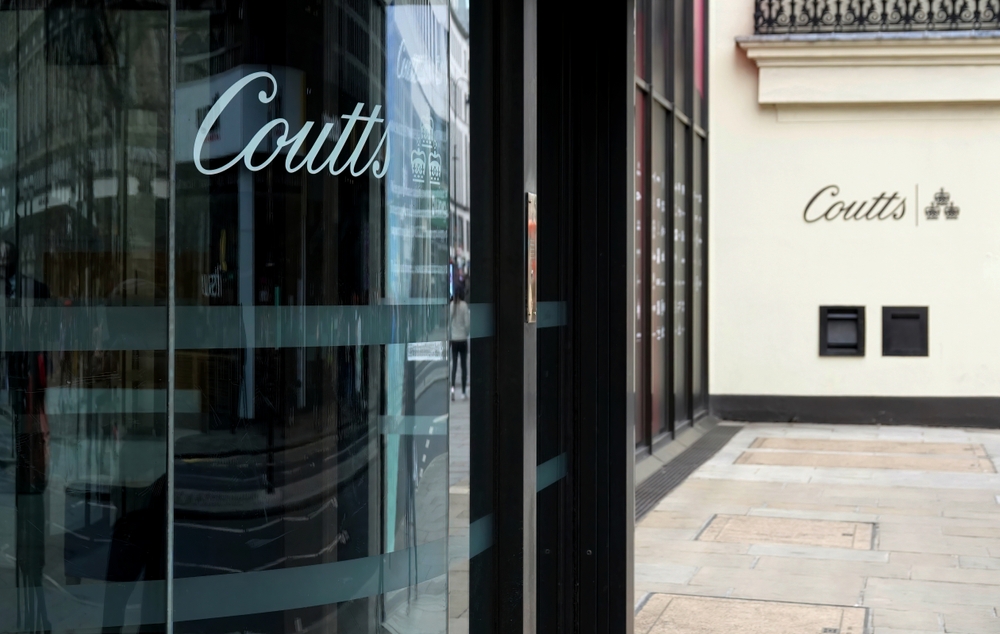
Founded in 1692 in London, England, Coutts is a prestigious private bank known for its elite clientele. Originally a goldsmith-bankers’ shop, it became Coutts after John Campbell’s granddaughter Polly married James Coutts in 1755. It has become synonymous with wealth management, catering to high-net-worth individuals, including members of the British royal family. Since 2000, it has been owned by the Royal Bank of Scotland (RBS), and despite selling its international arm, it retains a strong domestic focus. It is widely respected for its personalized approach to private banking and continues to offer bespoke services that prioritize discretion and luxury.
Barclays
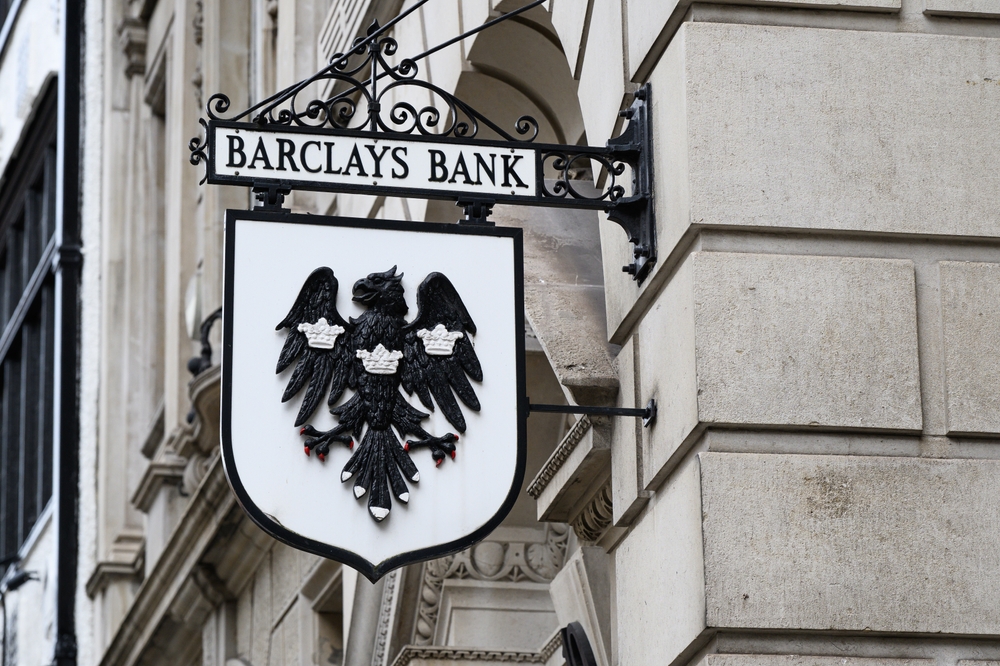
Barclays was established in 1690 in London, England, by two Quaker goldsmith bankers. It grew from its humble beginnings into one of the world’s most influential financial institutions, serving a global clientele across 40 countries. In 1736, James Barclay joined the firm, giving it its iconic name. It has always been at the forefront of innovation, notably launching the world’s first ATM in 1967. Today, it offers a wide range of financial services, including retail banking, investment banking, and wealth management. Its sponsorship of the Premier League further solidifies its strong presence in British culture. Despite recent challenges, including the 2008 financial crisis, it remains one of the top banks globally, continuing to push the boundaries of modern banking.
Metzler Bank

Metzler Bank, or Bankhaus Metzler, was founded in 1674 in Frankfurt, Germany, by Benjamin Metzler. Originally a cloth trading business, it shifted into banking under the leadership of the Metzler family in the 18th century. It has remained family-owned for over 300 years, allowing it to maintain a unique independence. It is known for its conservative financial strategies, focusing on asset management and investment banking. Today, it serves clients across Europe with a strong reputation for discretion and stability. It is one of the few remaining family-owned banks in Germany, emphasizing the long-term financial security of its clients. It continues to offer a range of private banking services, maintaining its focus on sustainable growth.
C. Hoare & Co.
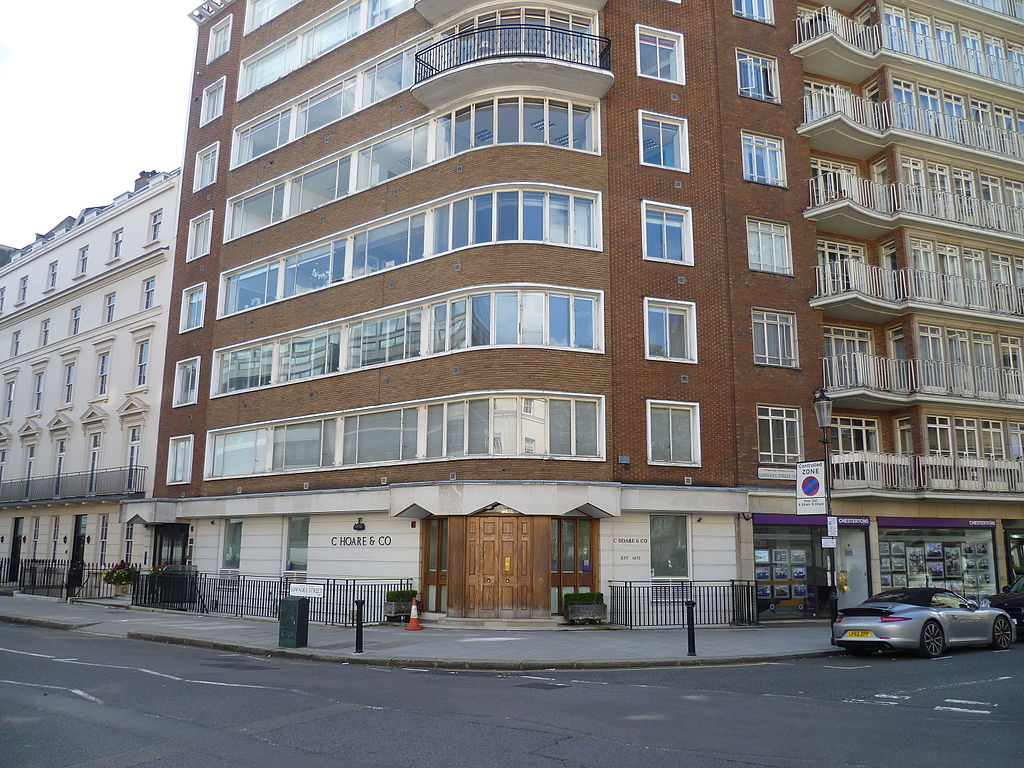
Founded in 1672 by Richard Hoare, C. Hoare & Co. is the oldest privately-owned bank in the United Kingdom. Initially operating as a goldsmith’s business, it expanded to provide banking services to the British elite. Still run by the Hoare family, the bank offers personalized services to high-net-worth clients and focuses on traditional values. Its resilience has allowed it to survive major events like the Great Fire of London and the 2008 financial crisis. Today, it maintains its reputation as a high-end institution offering services such as wealth management and personal banking.
Sveriges Riksbank

Founded in 1668 in Stockholm, Sweden, Sveriges Riksbank is the world’s oldest central bank. It was originally established to stabilize Sweden’s currency and to manage the country’s growing financial needs. In 1904, it became the sole issuer of Swedish banknotes, a role it continues to hold today. It has remained at the forefront of financial innovation, including the development of a digital currency. In 1999, it gained independence from the Swedish government to align with European Union requirements.
Stadsbank van Lening
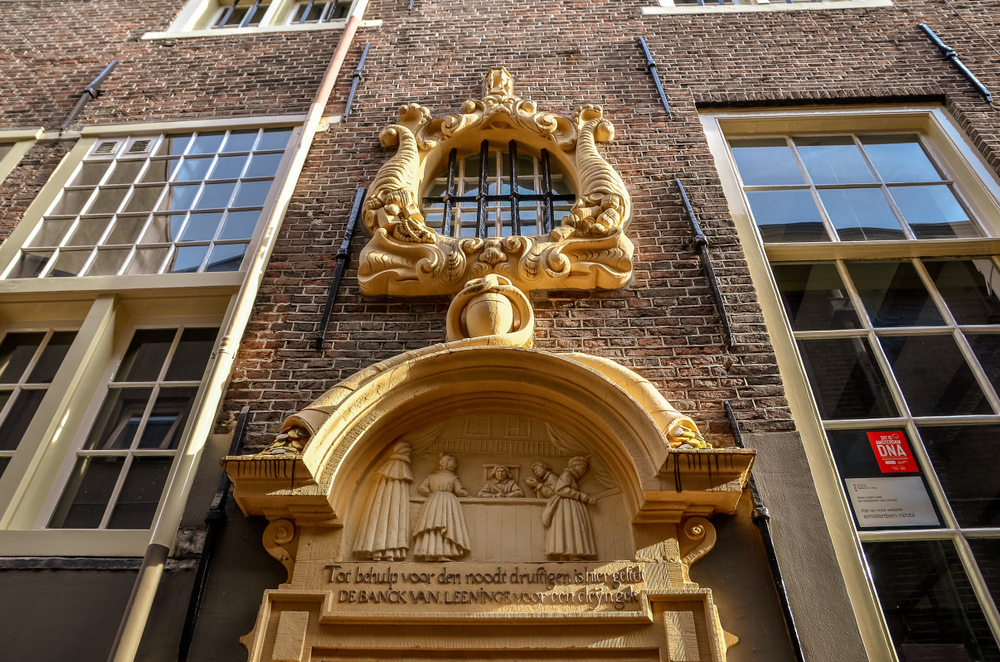
The Stadsbank van Lening, established in 1614 in Amsterdam, Netherlands, is the oldest pawnbroking institution in Europe. It provides short-term loans secured against valuable items, serving as a critical resource for those needing quick access to cash. Unlike traditional banks, it does not offer deposits or mortgages but remains focused on its core mission of providing accessible loans to the public. It also operates an auction house, where unclaimed items are sold, contributing to the bank’s revenue. Its longevity is a testament to its social mission and the essential role it continues to play in Amsterdam’s financial ecosystem. Today, the bank operates several branches across the city and remains a vital part of the local community.
Berenberg Bank
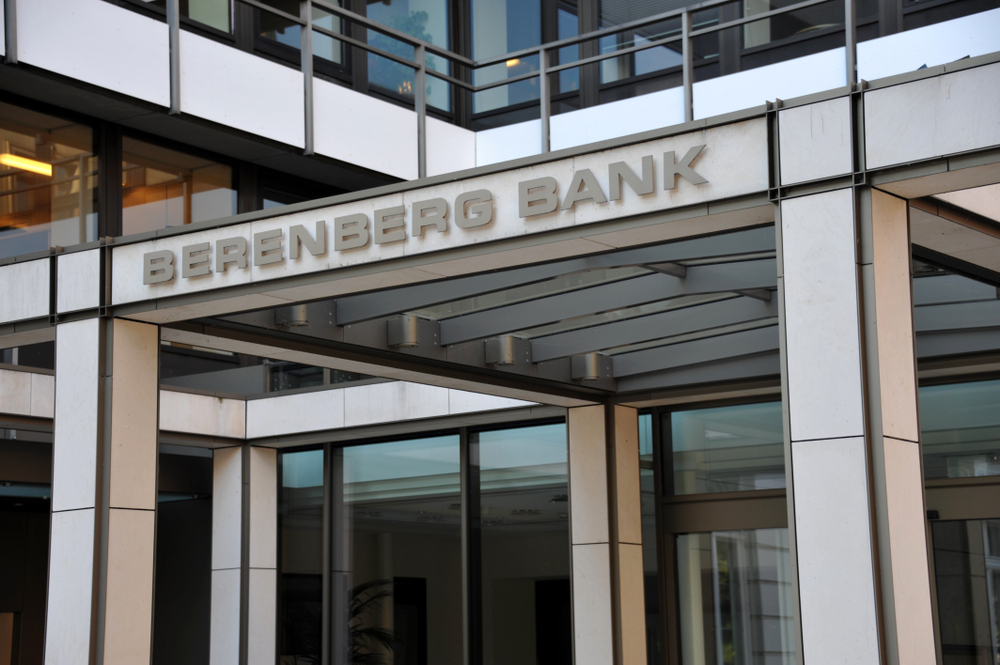
Berenberg Bank, founded in 1590 in Hamburg, Germany, is one of the oldest privately-owned banks still in operation. Established by the Berenberg family, it initially served as a merchant banking institution. Over the centuries, it expanded its services to include private banking and wealth management, maintaining a strong presence in Europe. Today, it operates globally with offices in financial centers like London and New York. It remains family-owned, with the Berenberg family still holding a significant share of the company. This independence has allowed the bank to retain its core values and long-term client relationships. It continues to offer bespoke financial services, emphasizing trust and stability.
Banca Monte dei Paschi di Siena

Founded in 1472 in Siena, Italy, Banca Monte dei Paschi di Siena is the oldest bank in the world. Originally established to provide loans to the city’s poor, it grew to become a major financial institution in Italy. Over the centuries, it has been integral to the country’s economic development. However, in recent years, it has faced significant challenges, including government bailouts and market scandals. Despite these setbacks, the bank continues to operate, with branches primarily located in Italy. Its long history makes it a symbol of Italy’s financial heritage, and it remains a topic of interest regarding the future of banking.
This article originally appeared on Rarest.org.
More from Rarest.org
17 Exotic Beetles with Remarkable Coloration and Design

Beetles come in a wide variety of vibrant colors and intricate designs. These remarkable insects, found in diverse habitats, often captivate with their exotic appearances. Read More.
21 Magnificent Mammals with Unique Fur Patterns

Nature’s creativity shines through the stunning fur patterns of certain mammals, making them stand out in their habitats. From stripes to spots, these unique designs help with camouflage, identity, and even temperature regulation. Read More.
22 Eye-Catching Fish Species Found in Coral Reefs

Coral reefs are home to some of the most vibrant and diverse fish species in the world. These underwater ecosystems showcase a kaleidoscope of colors and fascinating behaviors that captivate anyone who visits. Read More.
